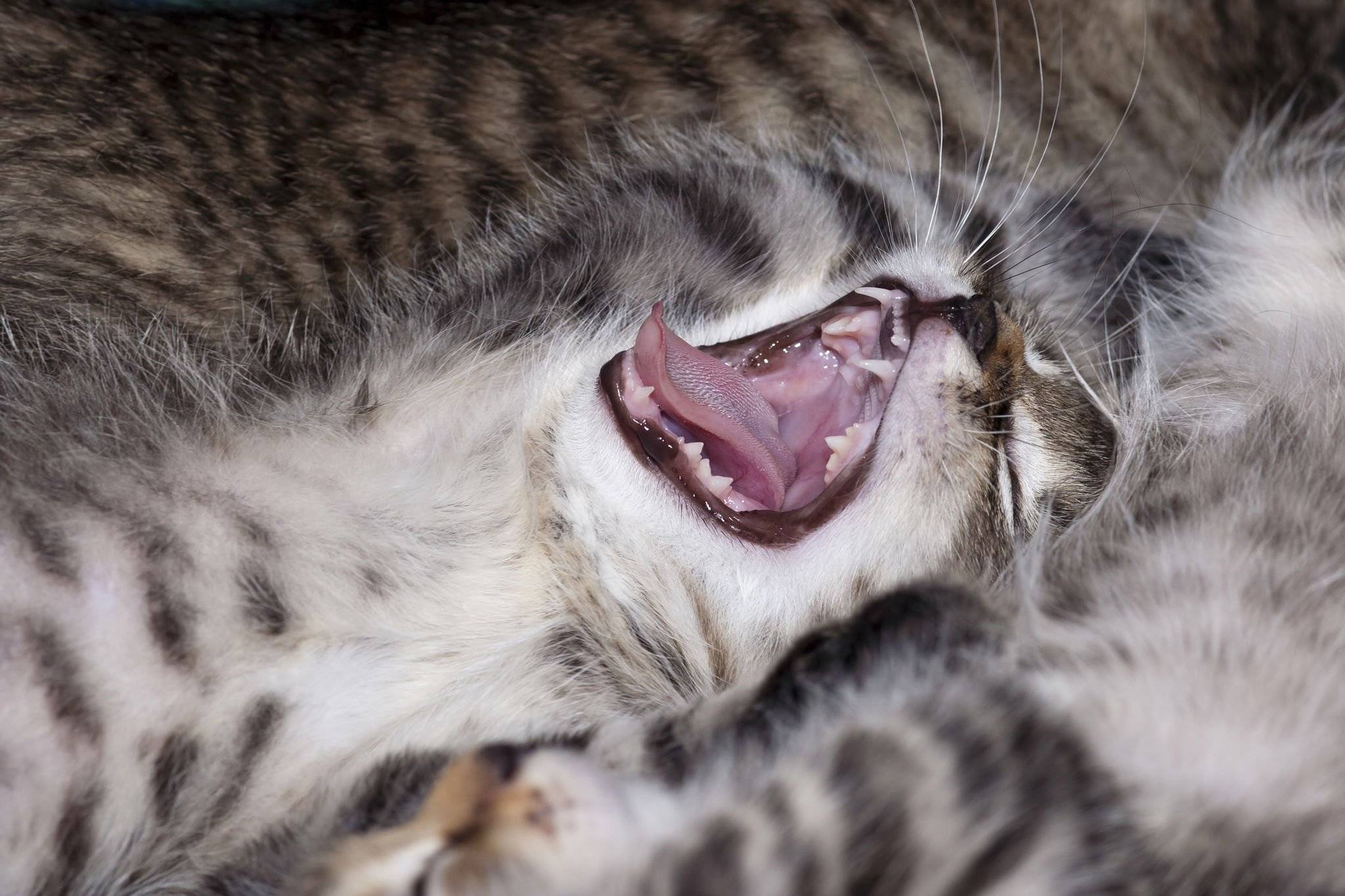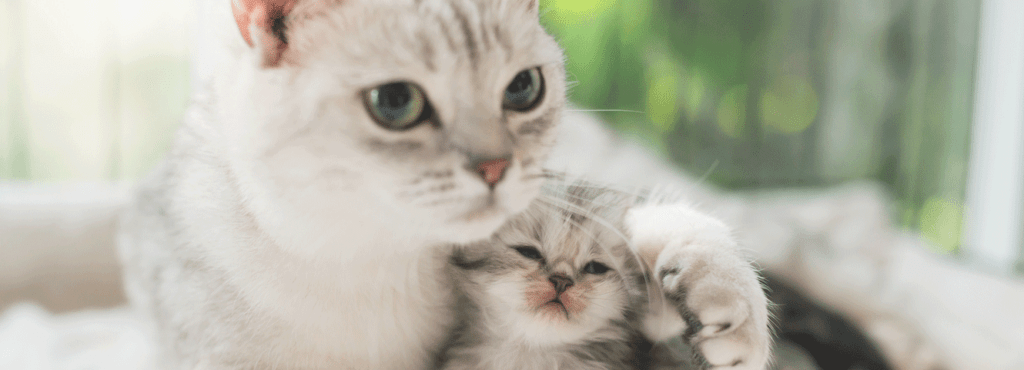
Cats are fascinating creatures that have been domesticated for thousands of years. They are known for their independence, agility, and hunting skills. However, when it comes to giving birth, many people wonder if cats cry during the process. In this article, we will explore this question and provide you with the information you need to understand what happens during a cat’s labor.
Understanding Cat Births
Do Cats Cry When Born?
No, cats do not cry during birth. Unlike humans, cats do not express their emotions through tears. While they may vocalize during the birthing process, it is not a sign of emotional distress. In the wild, it is crucial for cats to remain quiet during this vulnerable time to avoid attracting predators. Making audible sounds could potentially give away the location of their birthing den, so nature has ingrained the instinct to be quiet during birth. Mother cats may also move their newborn kittens after giving birth to hide their scent and find a safer nesting spot.
During the birthing process, cats exhibit natural instincts to ensure the safety of themselves and their newborns. The instinct to remain quiet helps protect them from potential predators. The mother cat’s urge to relocate her newborn kittens after birth is also a part of this protective behavior. By moving the kittens and hiding their scent, the mother cat reduces the risk of predators detecting their location. These natural behaviors have been ingrained in cats to increase the chances of survival for both the mother and her offspring.
Do Cats Have Painful Births?
Cats, like all mammals, experience some degree of discomfort during labor and delivery. However, it is important to note that cats have evolved to give birth naturally, and their bodies are well-equipped to handle the process.
During labor, a cat may experience contractions that are similar to menstrual cramps in humans. These contractions are necessary to help the kitten move through the birth canal and out of the mother’s body. While they may be uncomfortable, they are not typically described as painful.

Preparing for Cat Birth
Preparing Your Home for Your Cat to Give Birth
Preparing your home for your cat to give birth is an important step to ensure the safety and comfort of your cat and her kittens. Here are some tips to help you prepare your home:
Create a Safe and Comfortable Space
Choose a quiet and secluded room in your home where your cat can give birth and care for her kittens. The room should be warm, well-ventilated, and free from any potential hazards such as exposed wires, chemicals, or sharp objects. This location should be away from any loud noises or disruptions. A box or a large crate with soft blankets or towels can be used as a birthing area.
Provide Adequate Nutrition
A pregnant cat requires a balanced and nutritious diet. Make sure your cat has access to plenty of fresh water and high-quality food throughout her pregnancy and during the nursing period.
Gather Necessary Supplies
Gather all necessary supplies before the birth, including clean towels, scissors, and a heating pad. Keep these supplies within reach in case they are needed during the birth.
Keep the Area Clean
It is important to keep the birthing area clean to prevent any infections. Regularly clean the area with a mild disinfectant and change the bedding as needed.
Monitor Your Cat’s Health
Monitor your cat’s health closely during her pregnancy and throughout the birthing process. Look for signs of distress, such as lethargy, loss of appetite, or difficulty breathing. Contact your veterinarian immediately if you notice any concerning symptoms.
Post-Birth Care
Tailored Nutrition for Your Kitten
After the birth of a litter of kittens, it is important to ensure that the mother cat is receiving adequate nutrition to support her nursing. Additionally, it is essential to provide the kittens with a balanced diet that meets their nutritional needs as they grow and develop.
Kittens require a diet that is high in protein, fat, and calories to support their rapid growth and development. A good quality kitten food that is specifically formulated to meet the nutritional needs of growing kittens is recommended.
Giving Your Kitten the Best Start in Life
In addition to providing tailored nutrition, there are several other steps that can be taken to give kittens the best start in life. These include:
- Keeping the kittens at a comfortable temperature: Newborn kittens are highly sensitive to temperature changes and need a suitable environment to stay warm or cool, depending on the weather. In colder conditions, provide a warm and draft-free area for the kittens to rest. You can use a heating pad or heat lamp set to a safe temperature to ensure they stay cozy. In hotter conditions, make sure the area is well-ventilated and provide access to a cool spot or a fan to prevent overheating.
- Providing socialization and stimulation: Kittens that are exposed to a variety of people, sights, and sounds at a young age are more likely to grow up to be well-adjusted and social cats. It is important to handle and play with the kittens regularly to help them become comfortable with human interaction.
- Monitoring for signs of illness: Kittens are more susceptible to illness than adult cats and it is important to monitor them closely for signs of illness. This includes monitoring their appetite, energy level, and overall behavior, as well as keeping an eye out for any signs of diarrhea, vomiting, or other health issues.
From choosing the best cat trees for your feline friend to understanding feline labor and delivery, prepare for a rewarding journey of cat parenthood.
Frequent Asked Questions
Should I leave my cat alone during labor?
It’s generally best to allow your cat to labor and deliver in a quiet, private space where she feels safe and comfortable. However, it’s important to monitor her closely and be available to provide assistance if needed. If you are concerned about your cat’s labor or delivery, contact your veterinarian for guidance.
What to expect when a cat gives birth?
During labor, your cat may pace, pant, or vocalize. As delivery approaches, she may assume a crouching position and begin to push. Kittens are typically born within 15-60 minutes of active labor, although it may take longer in some cases. After delivery, your cat will lick her kittens clean and stimulate their breathing. She will also eat the placentas and umbilical cords.
What are the physical signs that a cat is in labor?
Physical signs that your cat is in labor include restlessness, panting, vocalizing, nesting behavior, and loss of appetite. As delivery approaches, you may notice your cat assuming a crouching position and beginning to push.
